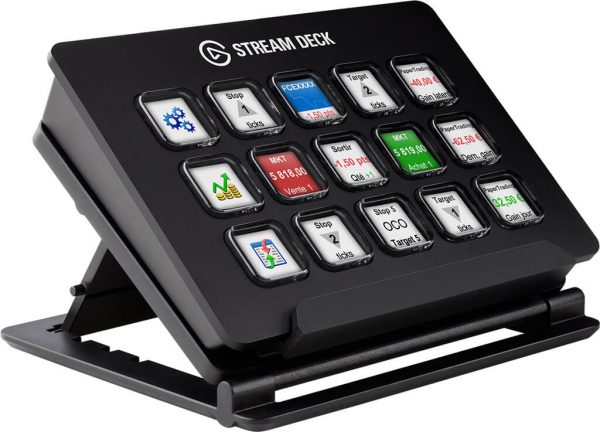

All configurations come with a black carrying case that has a Steam Deck logo on top. The latter model also has an anti-glare etched-glass display. Storage options include 64 GB for $399, 256 GB for $529 and 512 GB for $649. Aside from different storage and display options, all three units are identical.

The Valve Steam Deck has three configurations.
All configurations pack "Van Gogh" APU and 16 GB of RAM. Steam Deck review: Price and availability But even in its current form, this handheld is exactly what I wanted. In fact, Valve even revealed that it has been making some slight hardware upgrades under the radar as issues are discovered. Valve can (and likely will) address some of these issues via future updates. The battery life also leaves something to be desired. You can’t play every game in your Steam library, and the touch-based controls aren’t as precise as I would have hoped. The Steam Deck does come with a UHS-I microSD card reader for expandable storage, allowing you to add more (though also slow) storage.Despite its virtues, Steam Deck is still something of a work in progress. The "embedded" part of the name is quite literal. In the case of eMMC we already know it's impossible. It seems that you won't be able to get inside the Steam Deck to swap out the NVMe storage, at least without some serious disassembly. You can check out our Surface Go review to see how performance compares between eMMC and NVMe storage. If you want your games to load fast, you will definitely want to go with one of the NVMe SSD options. 
Speaking on performance, there is a significant gap between eMMC and NVMe. For a handheld device, that's especially important. eMMC storage isn't as fast as NVMe SSD storage, but it does generally draw less power. A larger SSD is always recommended.ĮMMC storage - which stands for embedded MultiMediaCard - is generally used in cheaper electronics as a way to keep prices down. PC gamers already know how quickly storage fills up.







 0 kommentar(er)
0 kommentar(er)
